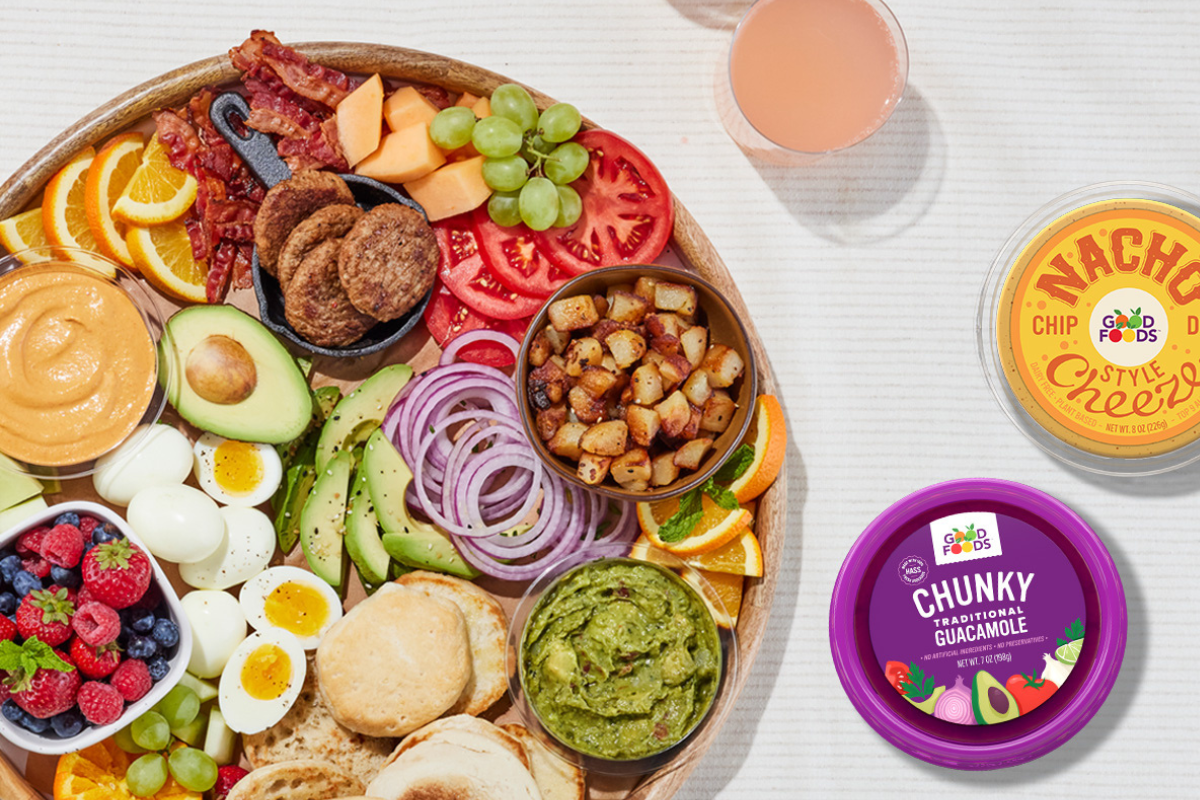What’s Behind the Nutrition Label In Your Healthy Yogurt?
As an indecisive person, there are two sections in the grocery store that leave me feeling overwhelmed: cereal and yogurt. Luckily, the sugary cereals specifically marketed to children are easy to spot, narrowing the choices that fit my lifestyle down to about three boxes. Unfortunately, the yogurt section isn’t so obvious. Here, the packaging is meant to appeal more to adults trying to eat healthier, and phrases such as “low-fat,” “light,” “non-fat” and “probiotics” can make many yogurts seem like a good choice. But looks can be deceiving.
I frequently use “Eat This, Not That” as a quick reference when trying to find the healthiest options in our convenience-oriented food industry. I began my research with the website’s take on Greek yogurt.
Red Flags
The site named 10 different yogurt brands and varieties as “the worst” for the following reasons:
- Elaborate ingredients list. Avoid yogurts with long ingredients lists such as “water, sugar, fructose, modified corn starch, fructose, carob bean gum, lactic acid and sodium citrate.”
- The sugar to protein ratio. If the yogurt has significantly more grams of sugar than grams of protein, put it back on the shelf.
- Artificial sweeteners. While many of us eat yogurt to promote our gut health, artificial sweeteners such as sucralose and acesulfame potassium can result in worsened digestive issues.
Green Lights
The site then proceeded to describe the characteristics of the 10 best yogurt brands and varieties:
- Simple ingredient list. There are only two ingredients necessary to make a delicious and healthy yogurt: milk and live cultures.
- Whole or reduced fat milk. Although our instinct may be to reach for nonfat versions, whole and reduced fat milk yogurts contain more nutrients and help to absorb vitamins A, D, E and K.
- However, it should be noted that if you’re using yogurt as a base in your smoothie and adding other healthy fats into the blender such as avocado, flax seeds, or chia seeds, nonfat yogurt is the best choice.
- Although organic doesn’t always mean better, in this case, it just might. The page explains that, “Organic milk has an average of 50% more anti-inflammatory Omega-3s than its conventionally-raised counterpart.”
- All 10 of the best-for-you yogurts on this list were unflavored.
With all of this new information in mind, I spoke with Catherine Borkowski, RD, LDN in Chicago and writer here at aSweatLife. She also had a few tips to keep in mind when shopping for and enjoying yogurt.
“Yogurt will naturally contain some sugar, which comes from the lactose in the milk, and that is okay,” Catherine said. “What should be avoided is yogurt with a lot of added sugars from flavors and sweeteners.”
Catherine explained that the new nutrition facts label will distinguish between natural sugars and added sugars. It’s not used by every brand yet, but once it is, it will save us all a few headaches!
Below are a few more tips from Catherine:
- The best way to avoid added sugars is to choose plain yogurt and sweeten it yourself. Catherine’s go-to’s are chopped fresh fruit or berries, or homemade “chia jam”. She has also tried defrosting frozen unsweetened cherries overnight in a container with plain yogurt so the juice from the frozen fruit acts as a natural sweetener.
- If you’re shopping for dairy-free yogurt, watch the sugar content as well. Many time these yogurts contain added sugars to help mask some of the flavor or the plant-based milk or to mimic dairy-based yogurt. The same concept goes for low-fat or fat-free yogurts. Added sugars may be used to provide more flavor that might have been provided previously by the fat content.
- Look for “live and active cultures” on the packaging. “The National Yogurt Association developed a voluntary seal that can help identify this.
- Yogurt is a great source of calcium, but if you find a brand that is also vitamin D fortified, that is even better, especially if you aren’t getting many sources of vitamin D (fish, egg yolks, milk) in your diet.
Is it just me, or is anyone else now craving a creamy and healthy yogurt bowl?













